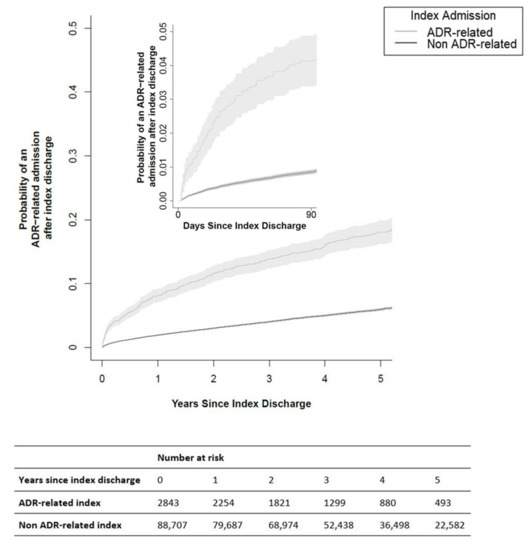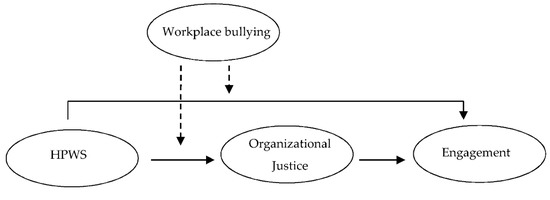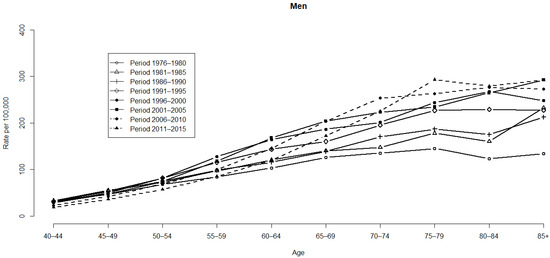School of Psychological Sciences, Macquarie University, Sydney 2109, Australia
Int. J. Environ. Res. Public Health 2022, 19(9), 5587; https://doi.org/10.3390/ijerph19095587 - 4 May 2022
Cited by 29 | Viewed by 6801
Abstract
▼
Show Figures
Although previous research has noted a range of factors that predict developing Problematic Video Game Use (PVGU) and Internet Gaming Disorder (IGD), few studies have looked at risk and protective factors together, and there is scant empirical evidence examining whether risk for PVGU
[...] Read more.
Although previous research has noted a range of factors that predict developing Problematic Video Game Use (PVGU) and Internet Gaming Disorder (IGD), few studies have looked at risk and protective factors together, and there is scant empirical evidence examining whether risk for PVGU or IGD increases or decreases as risk or protective factors accumulate in the individual. The aim of the current study was to examine both issues using predictors from three demonstrated PVGU and IGD risk categories: executive dysfunction, unmet needs in everyday life, and unhelpful family environment. In a survey of N = 866 12–17-year-old school students, the risk/protective factors that most strongly predicted severity of IGD symptomology and meeting IGD diagnostic criteria were self-control and social exclusion. Other significant predictors included impulsivity, self-esteem, mastery, control of one’s external environment, and better parent-child attachment quality. Trend analyses revealed a linear increase in the risk of PVGU as risk and net-risk factors accumulated, and a decrease as protective and net-protective factors accumulated. Thus, a net accumulation of issues around impulse control and unmet needs in everyday life may predispose adolescents to PVGU or IGD. Results support a ‘risk and resilience’ approach to adolescent screen-based disorders and suggest potential benefits to a risk factor focus in treatment.
Full article












